Utilization of Squid in the Global Fishing Industry
By. Tri - 05 Aug 2025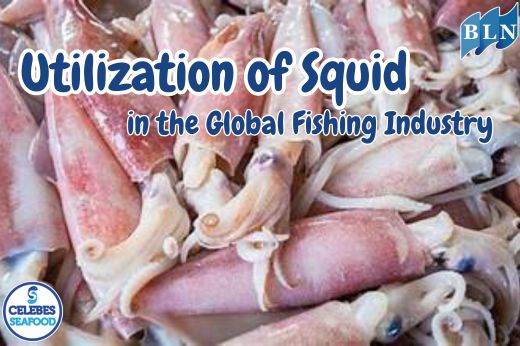
lautnusantara.com Squid (Loligo sp.) is a non-fish fishery commodity with high economic value and a crucial role in the marine food chain. The use of squid in the global fisheries industry continues to grow, driven by increasing market demand, both for direct consumption and as a raw material for various processed products.
Utilization in Various Product Forms
Squid is processed into a variety of products to meet the tastes and needs of markets worldwide. Almost all parts of the squid can be utilized.
1. Fresh and Frozen Products: Fresh squid for immediate consumption or frozen squid processed to maintain freshness are the most commonly traded products. These products are distributed to restaurants, supermarkets, and retail markets in various countries.
2. Processed Products: The squid processing industry produces a variety of products, such as:
- Salted and Dried Squid: This is a popular traditional preservation method and remains in high demand, especially in Asia.
- Canned Squid and Ready-to-Eat Processed Squid: Squid is also packaged in cans or pouches, either whole or sliced, with various seasonings and sauces.
- Advanced Processed Products: Industrial innovation has created products such as squid meatballs, squid nuggets, squid dim sum, squid sticks, and others, offering product diversification for consumers.
3. Squid Ink: The jet-black color of squid ink is also utilized, particularly in the culinary industry. This ink is used as a natural dye and flavor enhancer in dishes such as pasta nero di seppia or black squid rice.
4. Industrial Raw Materials: Squid parts are also used as industrial raw materials, for example in the production of flavorings. The aspartic acid content in squid functions as a neurotransmitter generator in the brain.
Trends and Challenges of the Global Squid Industry
The squid fishing industry faces several global dynamics and challenges:
- High Market Demand: Squid is a leading export commodity for many producing countries, including Indonesia. Demand from countries such as China, Japan, and the United States is very high.
- Fishing Technology: Fishermen and industry continue to innovate in fishing technology, such as the use of bouke-ami vessels with squid-attracting lights. However, this also presents challenges related to sustainability.
- Regulation and Conservation: Squid overfishing is a global issue. To address this, many countries, including Indonesia, have begun implementing policies such as Measured Fishing (PIT) and fisheries management to maintain the sustainability of squid stocks.
- Export Quality Standards: To penetrate international markets, squid products must meet strict quality and food safety standards. Certification and quality assurance systems are crucial to avoid export rejections.
Overall, squid is a dynamic fishery commodity with significant potential in the global industry. Diversification of processed products and a focus on sustainable fishing practices are key to ensuring the industry continues to grow and provide economic benefits without compromising the sustainability of marine ecosystems.
If you are interested in our CALAMARI WHOLE ROUND, CUTTLEFISH WHOLE ROUND please do not hesitate to contact us through email and/or whatsapp.


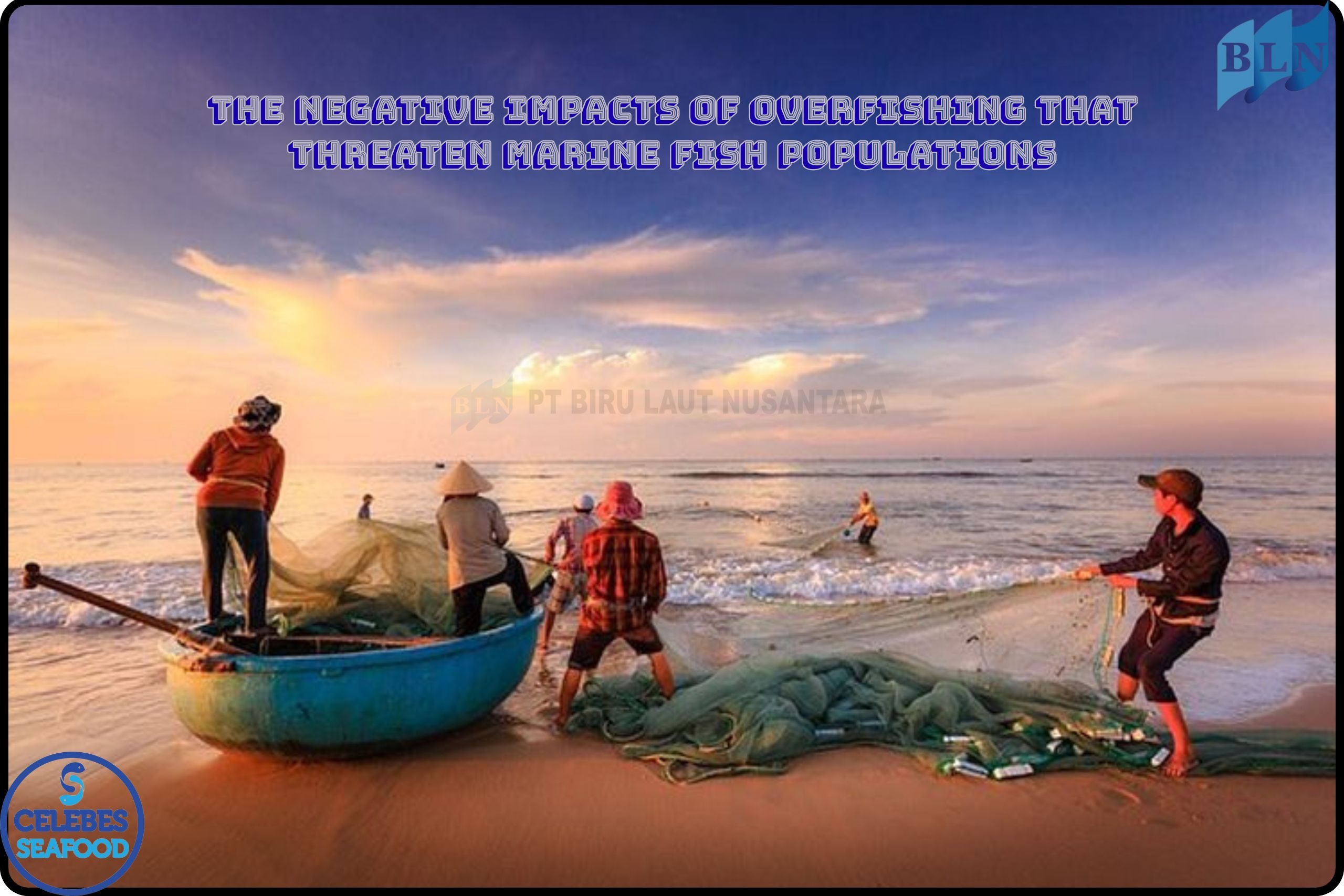
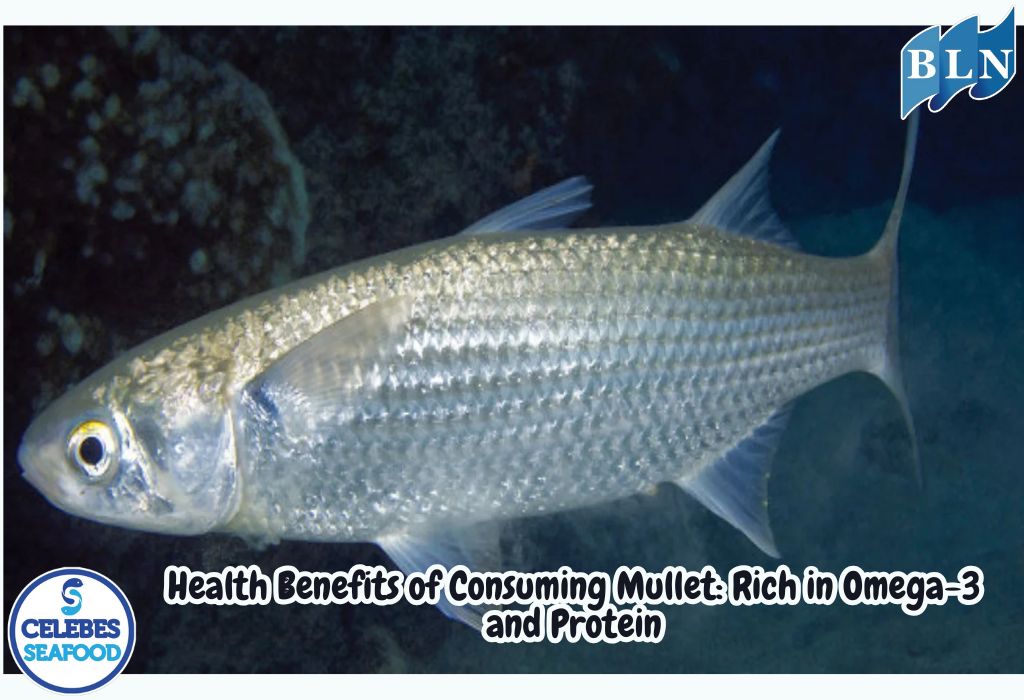

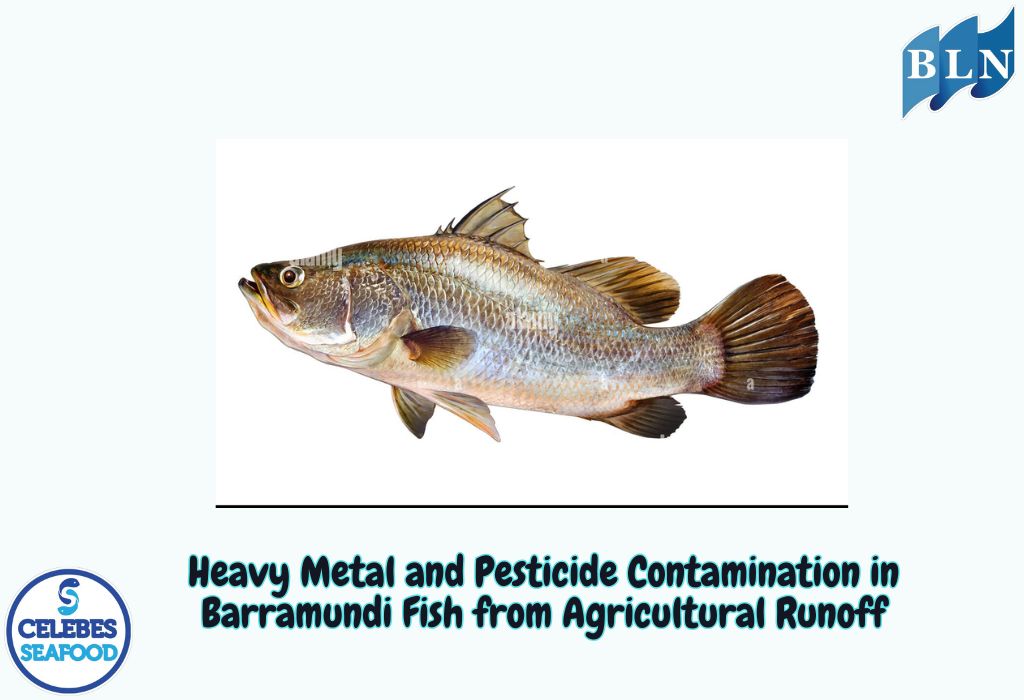
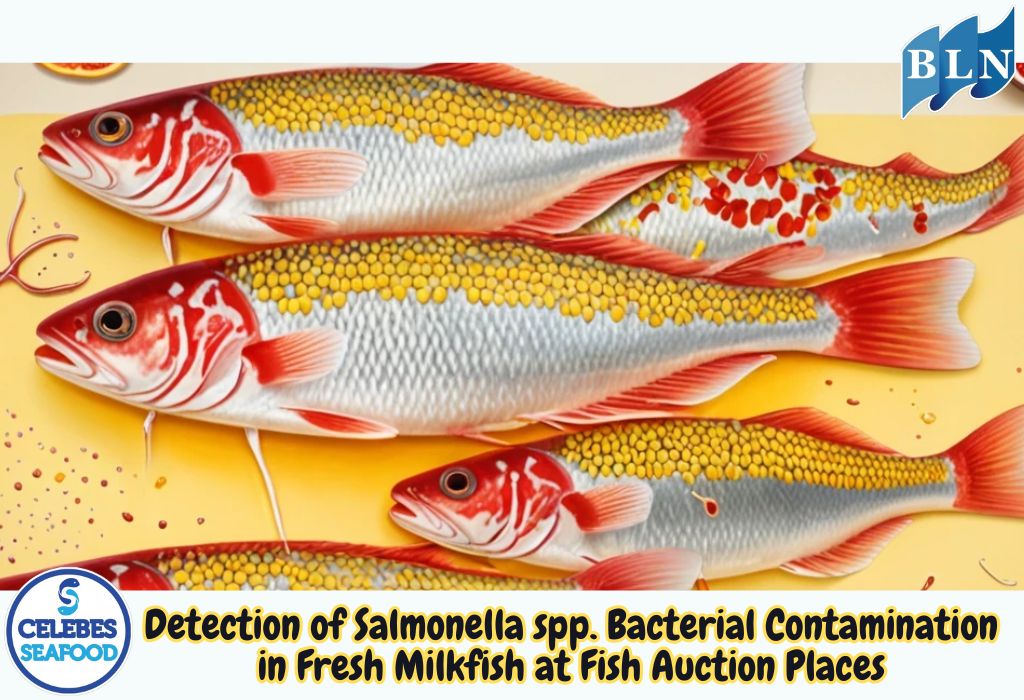
.jpg)